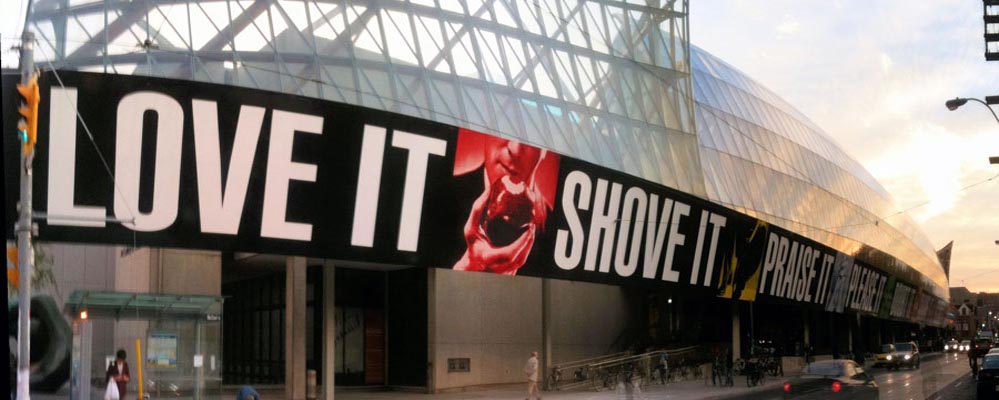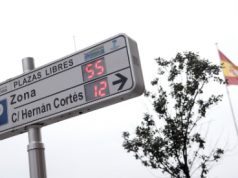According to wikipedia, Smart Cities encompass six main axes or functions.
The functional categories are: smart economies; smart mobility; smart environment; smart people; smart living; and, smart governance. These six Smart City functions are, in theory if not in practice, an evolution of traditional theories of urban design. The topic areas are based on theories of regional economic competitiveness (in a global economy), transport and ICT infrastructure, natural resources and their management, human and social capital, quality of life, and highly participatory governance.
A city can be defined as ‘smart’ when investments in human and social capital and traditional (transport) and modern (ICT) communication infrastructure fuel sustainable economic development and a high quality of life, with a wise management of natural resources, all managed through participatory governance. How these metrics are measured, and who does the analysis, remains unquantified.
MESH Cities assume as their baseline the highest standard of Smart City performance. Where they differ is in the way the urban improvement cycle is driven by a wired, citizen-responsive feedback loop. One of this concept’s strongest attributes is that informed citizens are unlikely to vote against their best interest, even when new governments want to differentiate themselves from their predecessors. An interesting case study is the City of Toronto mayor’s decision to overturn ten years of analysis and investment towards the “Transit City” plan. Overturning a well-conceived, pan-urban transit plan to build an expensive subway line to an underpopulated suburb is self-evidently a bad decision, no matter what business school you ask, but apparently an emotionally popular one.
In a true MESH City, voters will have the information needed to make sound, well-informed electoral choices available to them 24/7, at home or at work. Is this a utopian idea? No. In the last year informed, democratically driven political change is changing the face of many countries. The momentum behind this change is breathtaking. And more change is to come. Where will the system synergies take us?







